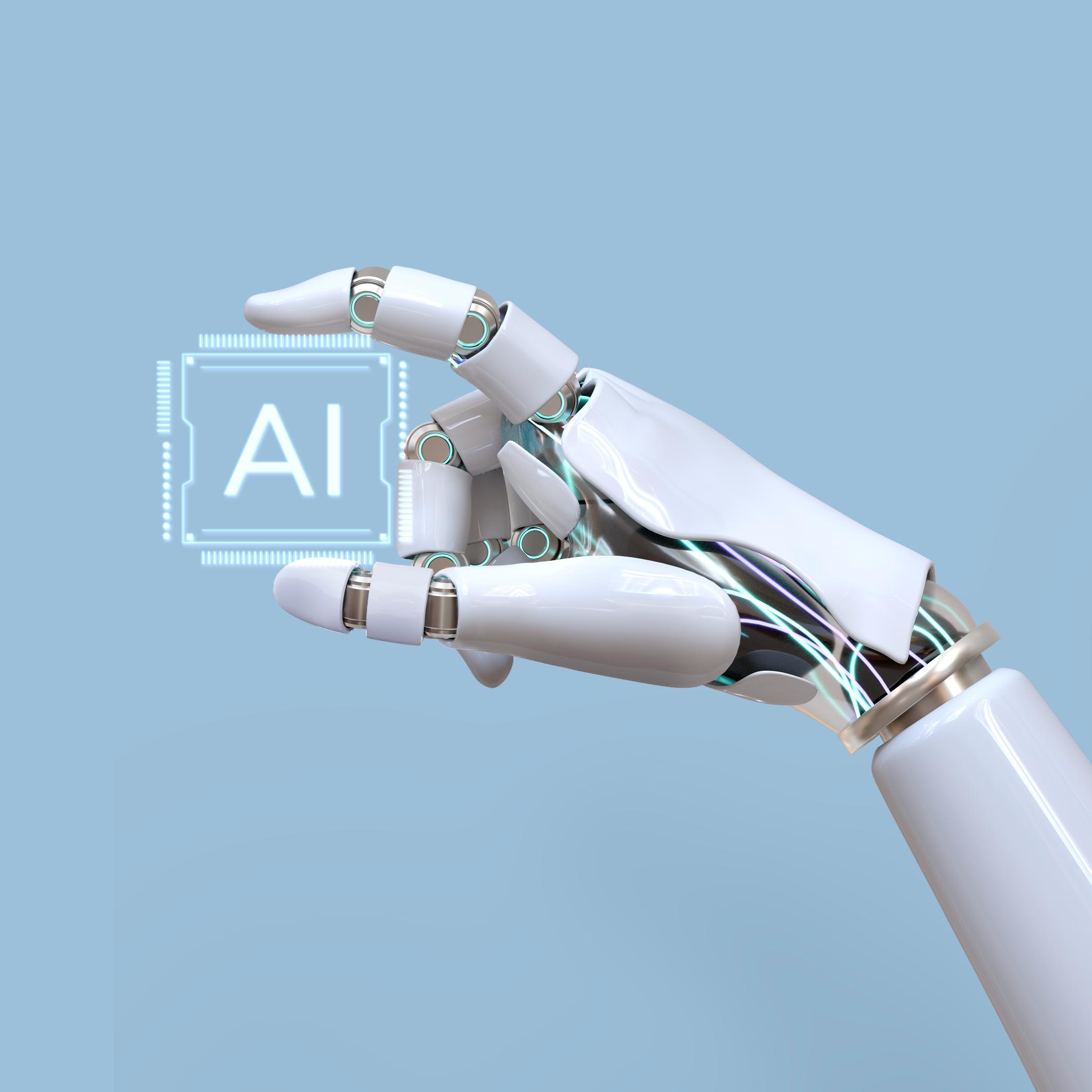1. Introduction
AI adoption is rapidly surging in 2025, revolutionizing industries across the board—from predictive healthcare to autonomous vehicles. While AI offers immense value, the cost of its development varies significantly depending on the industry. This guide explores the key factors that influence AI Development Cost and what businesses can expect across different sectors.

2. Key Factors Influencing AI Development Costs
Several key factors drive the cost of developing AI solutions:
Project Complexity and Scope: More complex tasks like autonomous driving require extensive development hours and specialized expertise.
Data Availability and Quality: High-quality, labeled datasets reduce development time and cost.
Regulatory and Compliance Requirements: Industries like healthcare and finance must follow strict regulations (e.g., HIPAA, GDPR), adding to the development burden.
Integration with Existing Systems: The level of customization and compatibility needed can increase costs.
Custom-Built vs. Off-the-Shelf Solutions: Tailored solutions are costlier but more scalable, whereas off-the-shelf tools offer faster, cheaper deployment.

3. Industry-Specific AI Development Cost Breakdown
Healthcare
Use Cases: Predictive diagnostics, patient data analytics
Average Cost Range: $50,000 – $500,000
Unique Cost Drivers: HIPAA compliance, sensitive data, need for explainable AI
Finance (FinTech)
Use Cases: Fraud detection, robo-advisors, risk modeling
Average Cost Range: $35,000 – $400,000
Unique Cost Drivers: Real-time processing, regulatory reporting
Retail & eCommerce
Use Cases: Personalized recommendations, dynamic pricing
Average Cost Range: $40,000 – $200,000
Unique Cost Drivers: Integration with customer databases, UX optimization
Manufacturing
Use Cases: Predictive maintenance, smart automation
Average Cost Range: $30,000 – $500,000
Unique Cost Drivers: IoT integration, real-time analytics
Automotive
Use Cases: Autonomous driving, supply chain AI
Average Cost Range: $500,000 – $5,000,000
Unique Cost Drivers: Safety regulations, multi-sensor fusion
Education
Use Cases: Adaptive learning platforms, grading automation
Average Cost Range: $50,000 – $300,000
Unique Cost Drivers: Curriculum alignment, ethical data use
Logistics & Supply Chain
Use Cases: Demand forecasting, route optimization
Average Cost Range: $50,000 – $300,000
Unique Cost Drivers: ERP integration, real-time tracking
4. Custom AI Solutions vs. Off-the-Shelf AI Tools
Custom AI Solutions
Pros: Tailored functionality, better performance, long-term scalability
Cons: Higher cost ($50,000 – $500,000+), longer development
Off-the-Shelf AI Tools
Pros: Quicker to deploy, lower upfront cost ($5,000 – $50,000)
Cons: Limited flexibility, may not align perfectly with business needs
5. Hidden and Ongoing Costs in AI Development
Data Acquisition & Cleaning: Often underestimated, can take 50%+ of the total project effort
Infrastructure: Costs for cloud hosting (e.g., AWS, Azure) or edge computing
Model Training and Tuning: Computationally intensive processes add recurring costs
Maintenance: Includes bug fixes, model drift mitigation, and feature updates
Training & Change Management: Educating employees and adapting workflows
6. Cost-Saving Strategies
Build an MVP First: Focus on core features to validate ROI
Use Open-Source Frameworks: TensorFlow, PyTorch, etc., reduce licensing costs
Leverage Pre-trained Models: Save time by fine-tuning existing models (e.g., GPT, BERT)
Outsource to Experts: Collaborate with niche AI development vendors to reduce trial-and-error
Adopt Agile Development: Iterative cycles reduce risk and optimize resource use
7. Conclusion
AI development in 2025 requires balancing ambition with budget. While upfront investments vary by industry, aligning AI strategy with business goals ensures long-term ROI. Whether you opt for custom development or off-the-shelf tools, careful planning, and expert guidance make the difference.
8. FAQs
Q1. What is the average cost of developing an AI solution in 2025? A: Costs range from $30,000 to over $5 million, depending on the industry, use case, and project complexity.
Q2. How long does it take to develop an AI application? A: Typical timelines vary between 3 to 12 months, depending on scope and data availability.
Q3. What are the main factors influencing AI development costs? A: Scope, data, compliance, integration complexity, and whether the solution is custom or off-the-shelf.
Q4. Should I choose a custom AI solution or an off-the-shelf tool? A: Choose custom for long-term ROI and tailored features; off-the-shelf for speed and lower initial investment.
Q5. How can I reduce the cost of AI development? A: Use open-source tools, start with an MVP, outsource development, and reuse pre-trained models.
